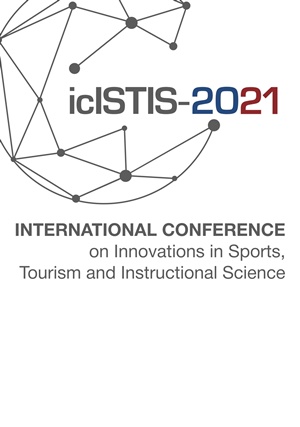BIOMARKERS ASSOCIATED WITH FAVORABLE AND UNFAVORABLE OUTCOMES IN POST-COVID SYNDROME AND ASTHENIA AMONG PHYSICALLY ACTIVE YOUNG PATIENTS
Abstract
Aim. This study investigates the prognostic value of S-100 protein and LPO-AOC system activity in post-COVID syndrome progression and develops a targeted rehabilitation program based on identified pathophysiological mechanisms. Materials and methods. A total of 200 young patients with post-COVID syndrome were examined across several institutions, including the Ural State University of Physical Education (Research Institute for Olympic Sports, Department of Sports Medicine and Physical Rehabilitation), Regional Clinical Hospital No. 3, SONAR LLC, the Center for Neuromuscular Stabilization LLC, the Sosnovaya Gorka Sanatorium, and the Chelyabinsk Regional Rehabilitation Center. Stage I: clinical and biochemical analyses were performed to identify biomarkers associated with favorable and unfavorable outcomes of post-COVID syndrome. Stage II: the efficacy of proposed rehabilitation programs was evaluated in 120 young adults (aged 18–44 years) with asthenic post-COVID syndrome. The sample included 60 individuals who regularly engaged in physical activity and 60 sedentary individuals. Results. After analyzing the manifestations of post-COVID syndrome and biochemical data, the participants were categorized into groups with either favorable or unfavorable disease outcomes. A significant increase in serum S-100 protein levels was observed compared to the control group, both during the acute phase and the convalescence period. In cases with an unfavorable course of post-COVID syndrome, levels of S-100 protein and all categories of lipoperoxides showed a dynamic increase, while serum antioxidant activity decreased. Conversely, in cases with a favorable course of post-COVID syndrome, levels of S-100 protein and all categories of lipoperoxides showed a dynamic decrease, while serum antioxidant activity increased. Rehabilitation outcomes were significantly better in participants who engaged in regular physical activity compared to sedentary patients. The most pronounced reduction in general asthenia was observed in patients who, in addition to physical rehabilitation, received respiratory therapy and Prospekta (2 tablets twice daily for one month). Conclusion. S-100 protein and LPO-AOC parameters serve as prognostic biomarkers for post-COVID syndrome progression and can guide the design of targeted rehabilitation programs. Rehabilitation outcomes are significantly better in patients who undergo regular monitoring and maintain consistent physical activity. Rehabilitation efficacy is further enhanced by taking Prospekta combined with respiratory therapy, which boosts serum antioxidant activity.
References
References on translit
Copyright (c) 2025 Human. Sport. Medicine

This work is licensed under a Creative Commons Attribution-NonCommercial-NoDerivatives 4.0 International License.















